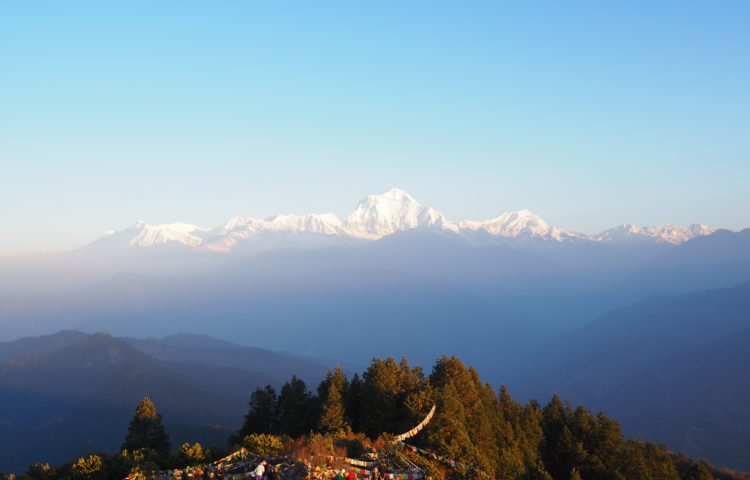When I decided I was going to volunteer in Nepal for three months in 2018 I was scared to death of what I might encounter. It was my first time backpacking, or solo travelling, or volunteering, or in general having such an experience so I wanted to have all the possible information ahead of time to prepare myself. It was not easy to find, so when I was there, I decided I would compile it and share the lessons in this Nepal Survival Guide.
Nepal is a very friendly country but their culture is extremely different from european or american ones. So, in this Nepal Survival Guide you will find a very non-exhaustive list of interesting and subjective information that I trully hope helps you prepare for your experience there, from what to eat, circulation, prices, how to behave with families or personal hygiene.
This post is part of a basic guide about Nepal for tourists and volunteers: ‘The ultimate guide to visit Nepal: everything you need to know‘. It contains:
- Basic Nepali culture and customs lesson
- Basic Nepali language lesson
- Nepal Survival Guide: basics to know and how to behave
So, let’s get to work!
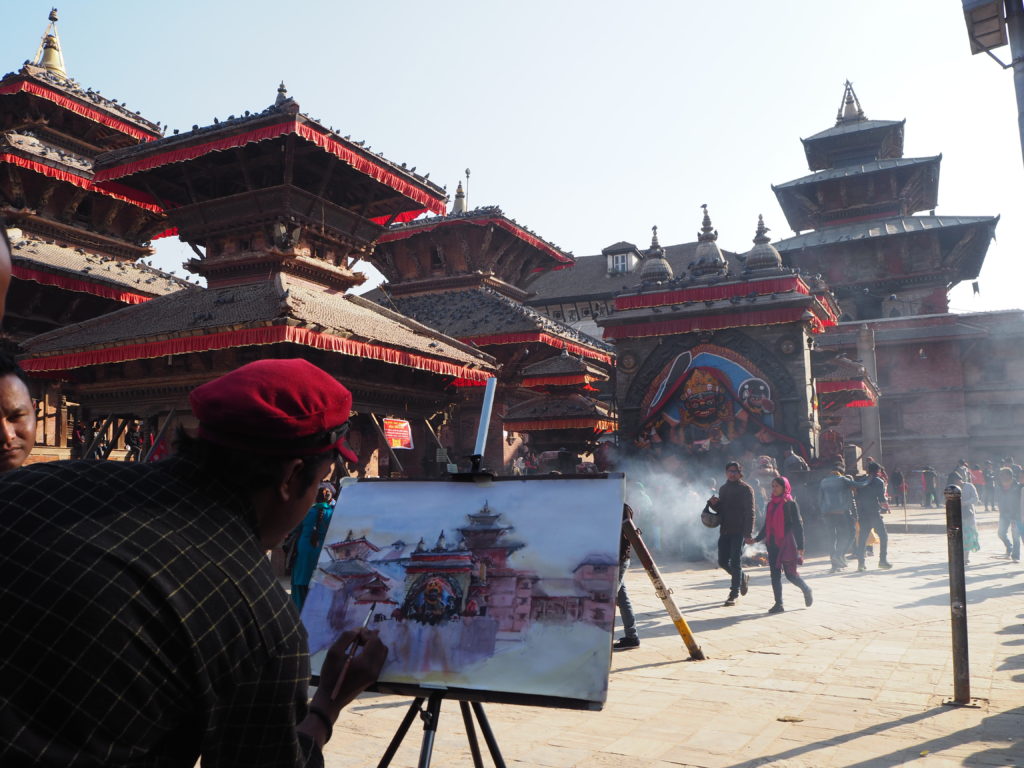
Contents
Context for this Nepal Survival Guide
I spent three months in Nepal in 2018. During the first month I stayed at an orphanage near Chitwan, during the second at an orphanage in Pokhara and I had the third to trek and explore the country. This means that I experienced life with nepali families, which I think gave me a precious insight on their culture.
I was also travelling on a budget so I tried to control my expenses, which dictated the type of meals I had, the hotels I slept in or how I moved through the country.
My visit was relatively close to the big earthquake that shattered the country in 2015, so a considerable amount of monuments were still under renovations. I guess that roads and other infrastructures were affected also, which surely had an impact on my perception.
Consider all this a disclaimer on the subjectiveness of my vision and the information I provide in this Nepal Survival Guide.
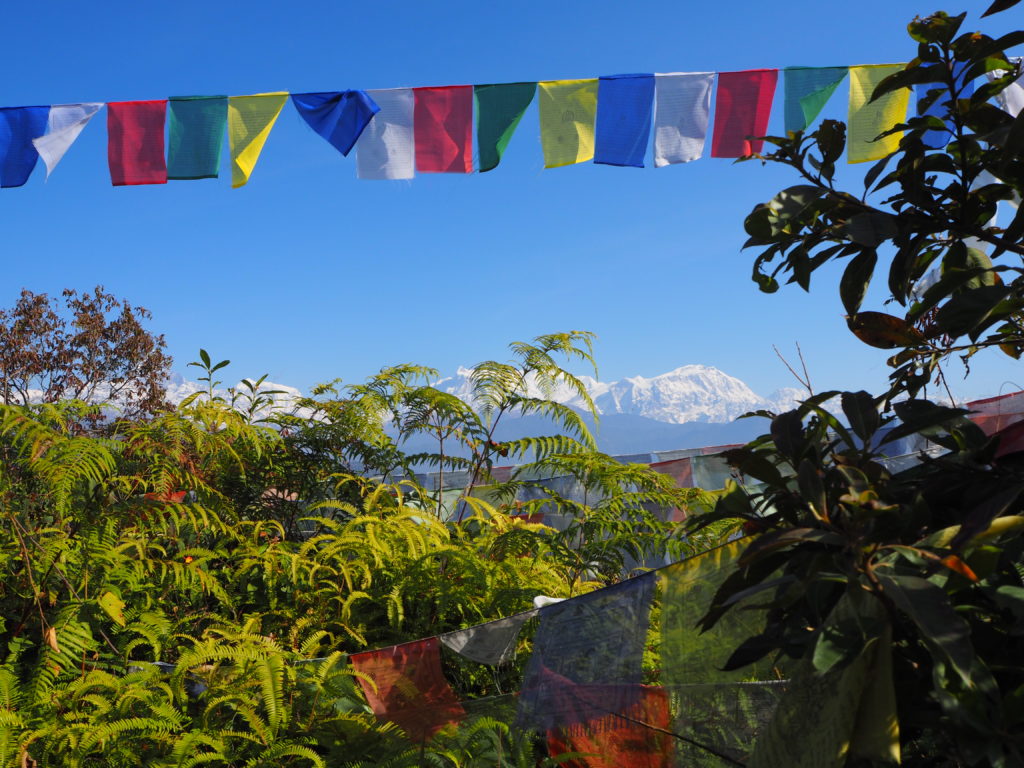
Eating
In Nepal, locals eat two main meals per day: at breakfast and dinner. Although breakfast might mean mid-morning (9.30 – 10 am) and dinner is an early one (around 6 pm). They always eat dal bhat, which is a mixture of white rice, lentils soup and spicy vegeteables that vary depending on the day but always have potatoes. On some especial occasions and depending on the wealth of the family, vegeteables are substituted by soy beans or chicken.
When they wake up at 6 or 7 am, they just drink tea.
If available, lunch meals (around 3 pm) are a little more varied but rare and the servings are quite small. You may eat tea with cookies, or popcorn, or samosas.
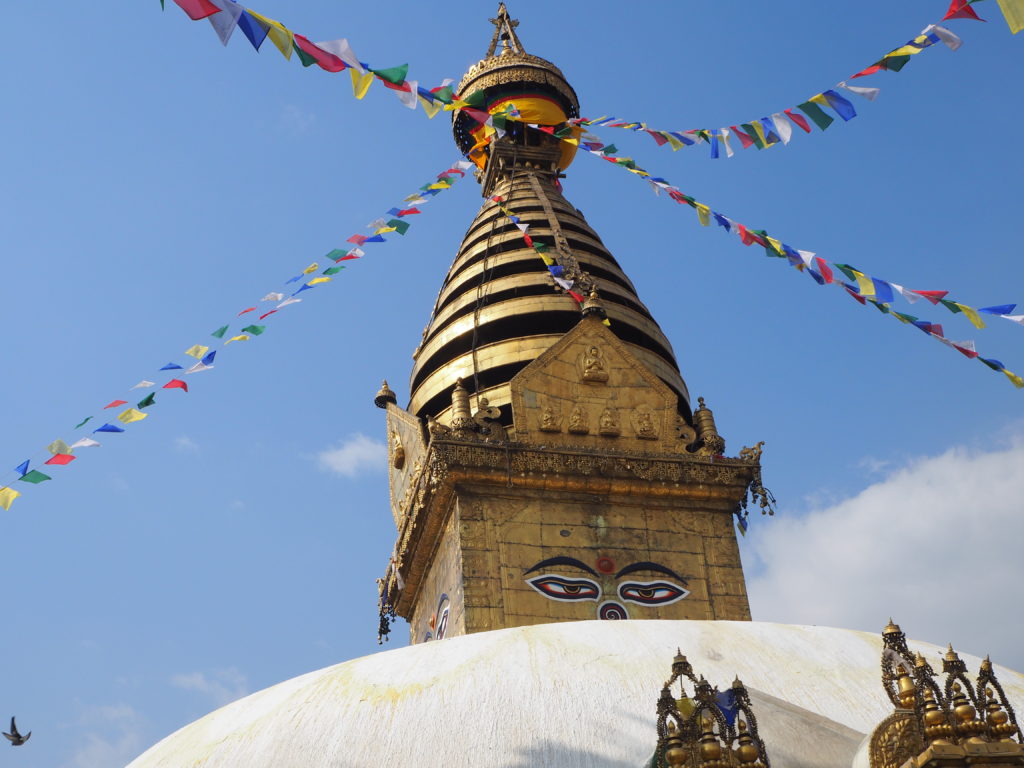
Circulation
I was told to walk on the left side of the road. I did not receive an explanation on why should I do that and they don’t seem to always follow this rule, but they sure insisted that I did.
To cross the street, the best thing you can do is just walk and avoid checking at your sides, because if cars see you checking, they will not stop. This apparently suicidal attitude takes some getting used to.
They honk for EVERYTHING:
- To notify when they are going to pass a vehicle.
- When they are about to drive through a crossing (especially in villages).
- To alert you if you are on their way. In that case, you better get off their way.
- Because the other vehicle honked first.
- For no apparent reason at all.
Many streets are not pavimented, even in the capital, and roads would deserve a single blog post on their own. Nepal is a relatively small country but it still takes forever to move accross it. As streets, most roads are not pavimented, or are extremely narrow, or are in a very bad shape with lots of bumps and holes. It can easily take 6 to 8 hours to cover 200 km. And I’m exclusively talking about main roads connecting main cities here, so you can imagine how less used routes are.
The government is working on improving circulation, and to that end they are rebuilding some of the main roads. However, until they finish, this just means that some road sections are cut off without an alternative, so you might need to wait until they finish to continue your journey, which may very well take the whole day.

Prices
Nepal is a very affordable country, even considering you will probably be paying ten times what nepalies pay for the same services or products. For you to get a general idea, here I list some general prices I paid during my stay in the country:
- A basic meal (dal baht) in a restaurant can cost as little as 1 or 2 euros. If you want something different you may pay up to 5 or 10 if it is a really really fancy place. This probably does not apply to restaurants that live exclusively from tourists.
- If you stay at orphanages or volunteering, you will pay around 5 euros per day to sleep and eat there, plus your work.
- A room can cost as little as Rs100 (although you probably will not want to sleep there). Normal private rooms in normal hotels can average Rs500 – Rs1,000.
- Depending on your bargaining ability, at Kathmandu a taxi from or to the airport can cost Rs400 – Rs800.
- Inter city local buses cost around Rs15 – Rs25.
- Local buses from one city to another can cost between Rs50 – Rs400 depending on distances.
- Tourist buses connecting main cities may have very different prices depending on the services they provide (comfortability, meals…). Provided that you buy the bus tickets yourself at the bus station, which needs to be done ahead of time, they can start from:
- Kathmandu to Pokhara: Rs700
- Kathmandu to Chitwan: Rs500
- Pokhara to Kathmandu: Rs600
- Pokhara to Chitwan: Rs400
- If you buy tourist bus tickets from tourist agencies or hotels you can expect to pay up to 30 – 50 euros.
Note that these were the prices I encountered when I was there in 2018.
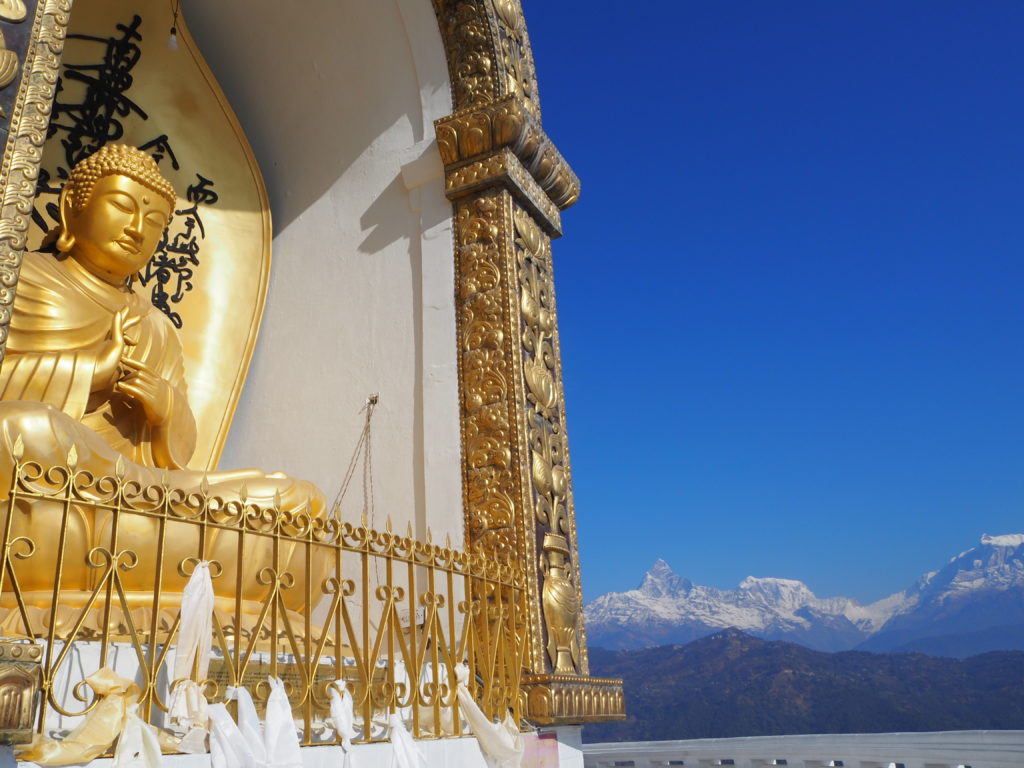
Personal hygiene
Dont’ expect hot water for showers. You may occasionally get it, but then it will be a fortunate surprise instead of a problem if you don’t. Most of the homes that do have hot showers come from a deposit of water in the roof that heats with the sun, so it eventually runs out until next day.
Don’t expect to shower everyday. No one there does it, and their resources are so precious that I would have felt completely out of place if I didn’t behave like they do.
Don’t expect toilet paper if you are not in a touristic area. Get paper tissues in the cities (they are very hard to find in the villages) and plan in advanced how much you will need or go nepali about it. Check my post ‘Basic Nepali culture and customs lesson‘ to know what I mean by that.
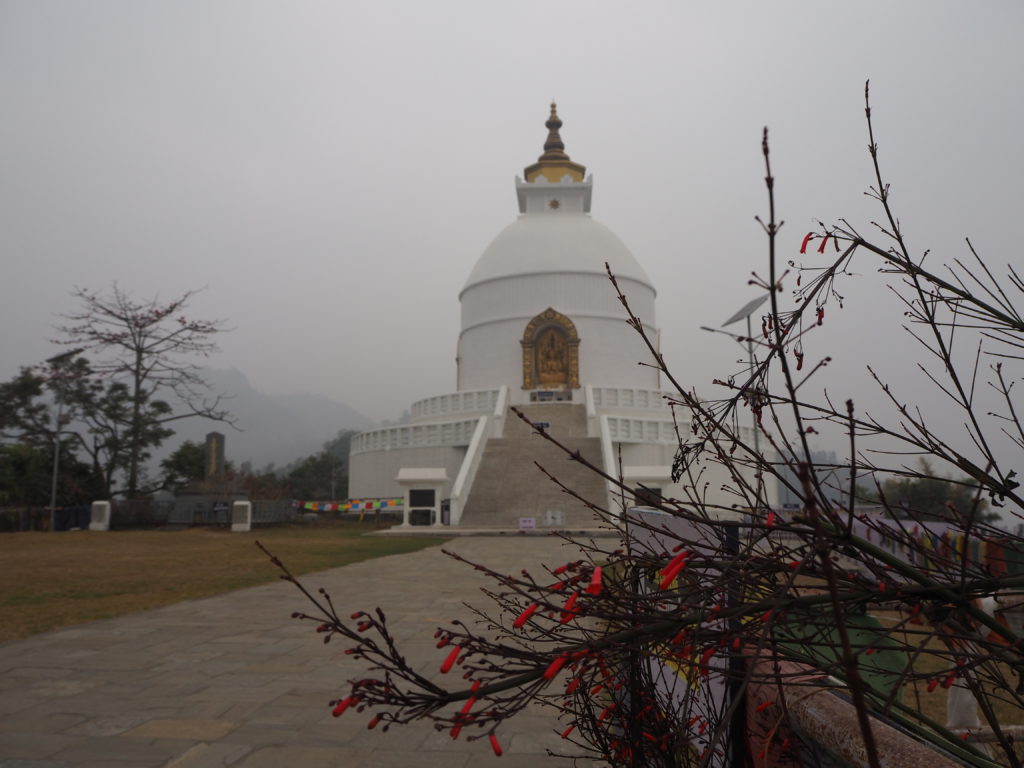
In the house…
Like in some other countries, nepalies take off their shoes before entering the house, which happens quite often. So I would recommend to wear shoes that are easy to put on an off.
This might sound kind of silly, but bring flip flops without separation for your big toe, especially if you visit in winter. You will have to wear them with socks and it will just be easier. Also, don’t get too attached to your flip flops. They will probably be used by everyone and you’ll use anyone’s but your own. This kind of applies to everything.
Mattresses are thinner than some european blankets, and they are placed on the floor or on a rigid piece of wood. It’s not the most comfortable of settings but I promise you get used to it. If you are staying at hotels, the quality of the mattress will depend on how much you pay for it.
Do not expect heat, but you will have plenty of blankets. Probably fancy hotels have it but I only stayed in homes and regular ones.
Homes do not have washing machines, so be prepared to manually wash your clothes or pay for external laundry.
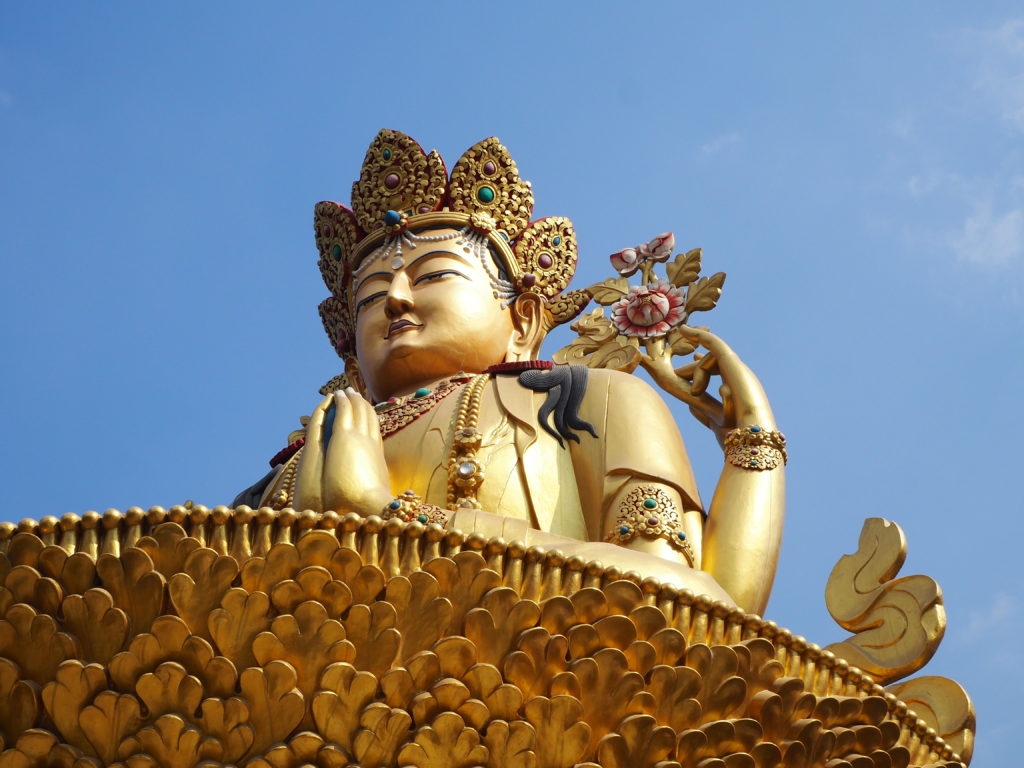
With people…
You are so white and different that everyone wants to take a selfie with you. If you are also blond with blue eyes, congratulations, you are a superstar there.
Everyone wants to talk with you. Usually they just say ‘Hello, how are you?’, thank you when you answer and go on with their day. But a lot of people wants to know where are you from, what are you doing in Nepal, if you are enjoying their country and most importantly if you are married. A few will give you more conversation but everyone is perfectly fine with you walking away at any point of the conversation.
If you want to have something for kids or their families, bring clothes. They have plenty of cards, balls, games, colouring books, pencils and general entertainment but they tend to have old clothes. If you are there for a long stay, it would be a great idea to spend a few days there and learn what they need or want instead of bringing them something not specific. Whichever the case, buy it directly in Nepal, this way you will contribute to local economy and it will be way cheaper.
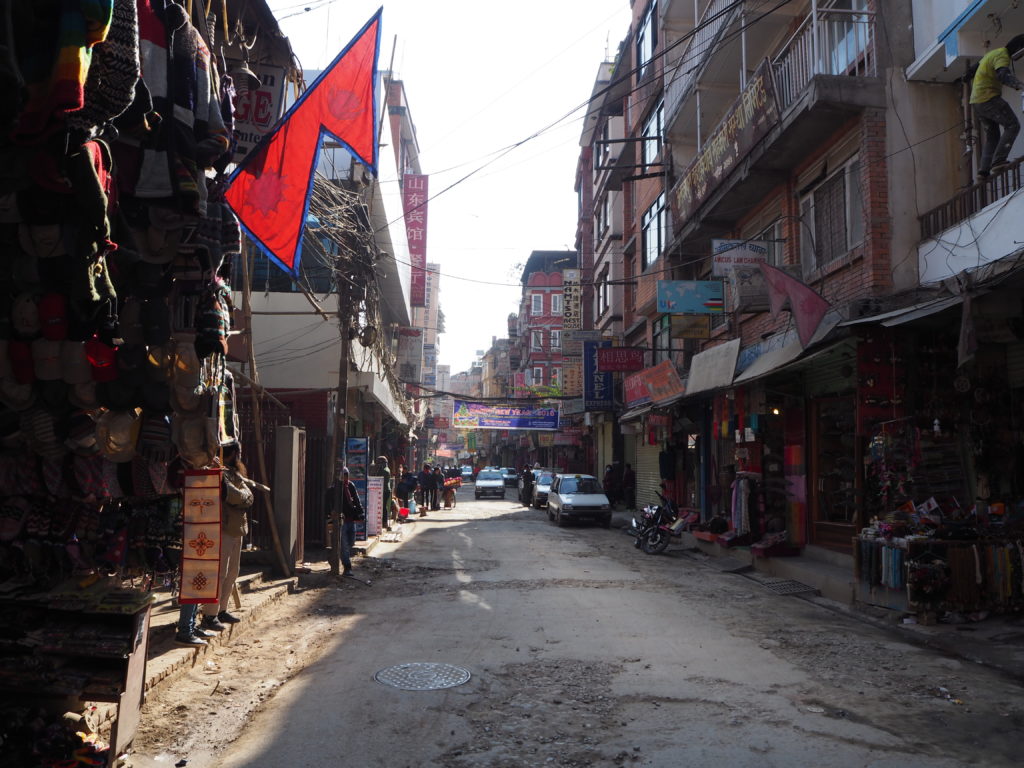
Security
Nepalies are very hospitalary people. They are also fascinated with white people and in general think of tourists as guests of their country. It is not an unsafe country although of course there are bad apples everywhere. You should always apply common sense.
As I explained before this was my first trip travelling solo. I was a bit concerned about security and I chose Nepal as my destination because I felt I was going to be safe there. I also read a lot on how Asia and particularly Nepal was one of the best choices for girls travelling alone.
Some experiences
However, I did have two experiences were I was alert but in the end nothing happened. First one was in Pokhara, one of the main cities of the country. Each morning I climbed to World Peace Stupa to prepare for the Annapurna Base Camp trek and after some days I encountered a guy that asked if he could join me in my walk. I agreed, we spent the way up chatting amicably. When we were descending he tried to kiss me. I told him no and that it was not OK and he seemed extremely ashamed and sorry. The rest of the way down was one of the most uncomfortable moments of my life, as we were not speaking but he kept walking by my side.
The second experience was in Gorkha, a more remote area. The manager of the hotel I was staying in, a young guy, came to my hotel room with the excuse to show me some pictures he took on his phone. After a short while he asked for a hug, which I refused. He kept insisting that it was only a hug but it took a bit too long for him to stop. I was firm and explained how uncomfortable I was and that I was going to find another hotel. He eventually left.
It is of course unfair to judge a whole country by two isolated experiences. I did talk a lot with other girls (and boys) about this topic and in the end we thought that nepali guys have higher chances of sex with tourists than with nepali girls, so they try.
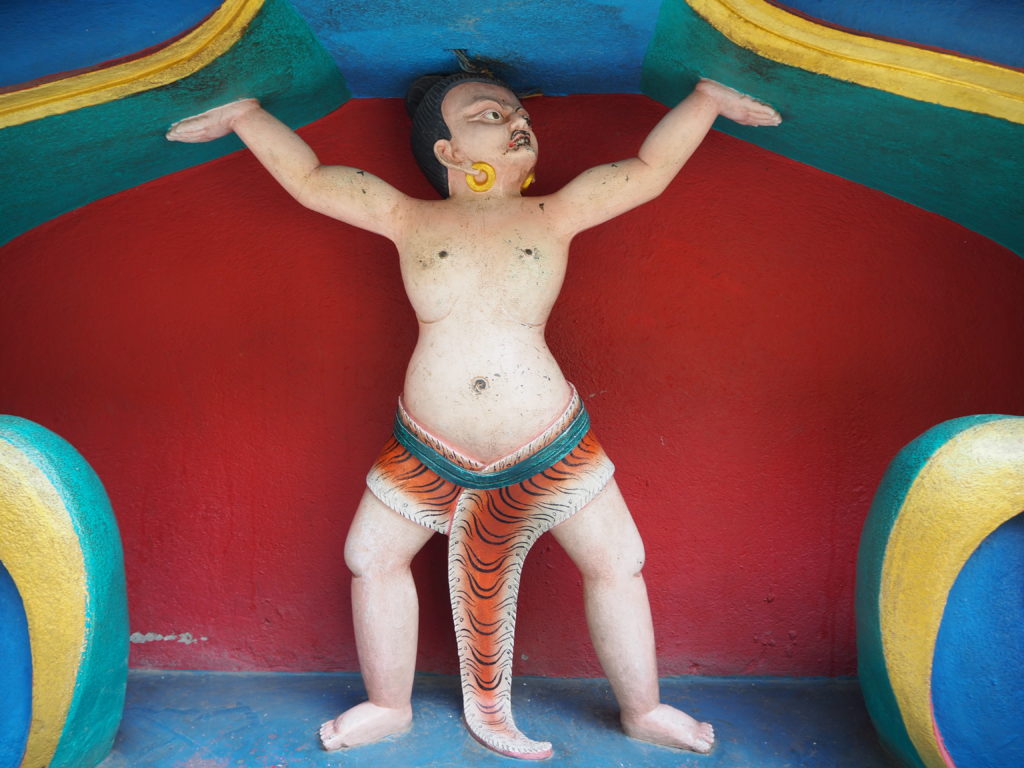
Religion
Religion is such a big part of their culture that this Nepal Survival Guide could not be complete if I didn’t say something about it. But it is so difficult for me to discuss this matter as I have so little information on such a broad topic. I’ll try to give some basics.
Main religions are Buddhism and Hinduism. I cannot claim to know their specifics but I do know they play a vital role in their day-to-day routines, for example:
- Most festivities are religion-related.
- Some of the things the wear or how they dress are dictated by religion.
- Some of the things they cannot eat are dictated by religion.
- They may fast once a week as an offering to their gods.
- They regularly give offerings such as flowers to their gods.
- Animal sacrifices to ask favours to the gods are a thing. Depending on the size of the favour, they sacrifice a chicken or a goat.
- If you are not religious, it might be difficult for some of them to comprehend.

Miscellaneous
Internet connection and phone SIM cards are generally available. They work as prepaid phones where you introduce an amount of money at specific shops. Then by texting some specific codes you buy internet, SMS or phone calls plans.
WiFi is also generally available, particularly at touristic restaurants or hotels.
The amount of street dogs is astonishing, expecially in Kathmandu. During the day you see them sleeping everywhere and they don’t stop barking all night.
Do you want some help?
Lastly, do you want to visit the country and have real contact with the locals or get help on how to organise your activities? Please contact me or say so in the comments section. I will provide you with the contact information of the amazing and welcoming family that I stayed with in an orphanage in Chitwan. We spent a month together in which they even invited me to the wedding of one of the sisters that run the orphanage.
They have plenty of rooms for volunteers. You would be able to share their daily life and get to really know the Nepali culture. This is to these days my top life-changing experience. They can also organise trekking activities for you and if you do visit them, they will help you in any way possible to make the most of your experience in their country.
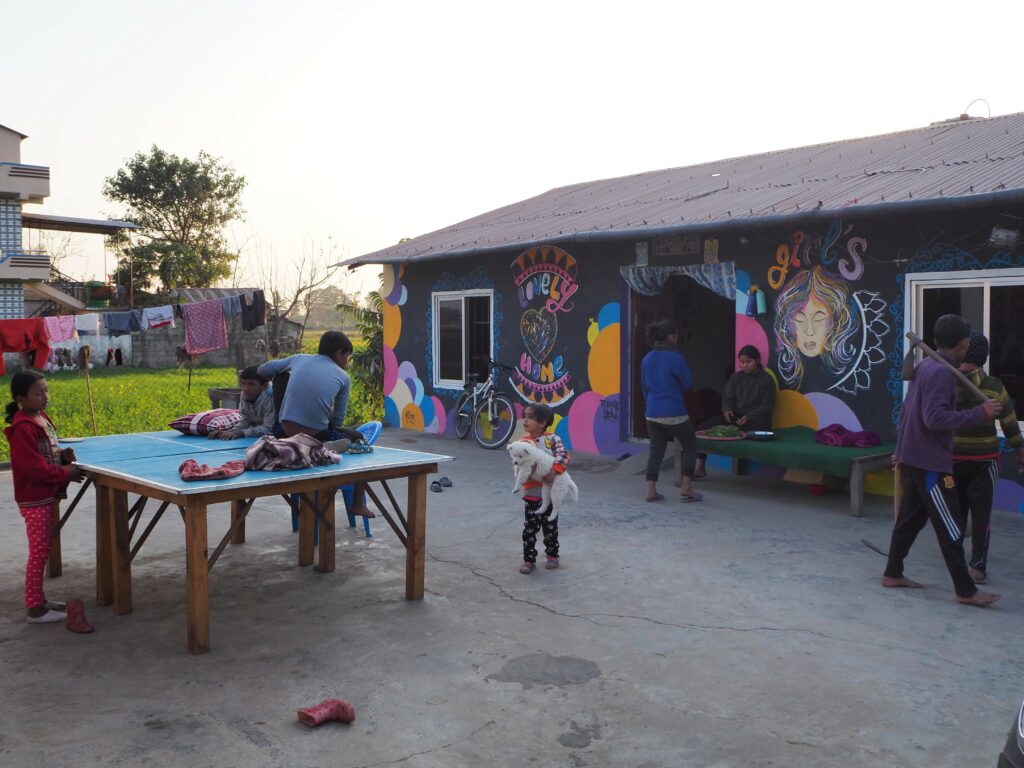
Was this Nepal Survival Guide useful for you? Please let me know and feel free to ask any question in the comments section! You can also support my work and Buy Me A Coffe. I will be immensely happy 🙂
